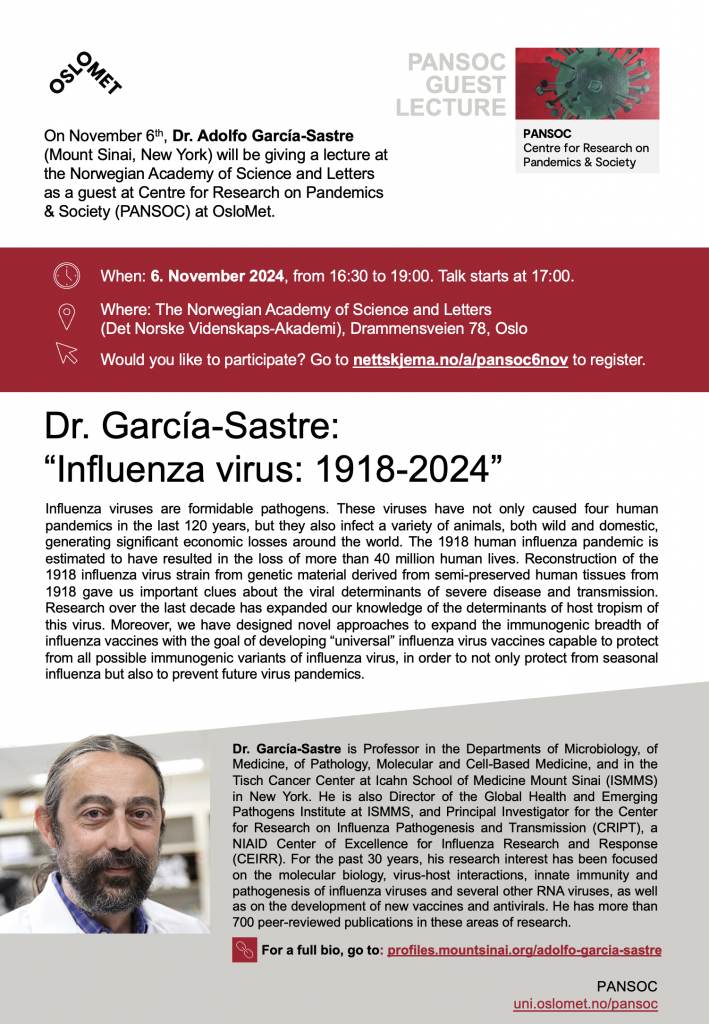19 September Seminar: How Germs Shaped History
For the second Pandemics & Society Seminar of our Fall 2024 series we are pleased to welcome Jonathan Kennedy (Queen Mary, University of London). The seminar will be held on Thursday, 19 September at the normal time (1600 CEST). More information about our speaker and the presentation is below. You can sign up for email notifications about the seminar series, including the Zoom details, here.
Abstract
Disciplines such as history are anthropocentric, viewing the natural world as a stage on which humans, whether “Great Men” or struggling classes, play out their roles. This talk brings together research from a range of disciplines – microbiology, anthropology, and sociology; genomics, classics, and economics – to explore the role that pathogens have played in the past. We will take a brisk ride through the recent history of our species, to see how infectious diseases played critical roles in many of the great social, political and economic transformations, from the emergence of Christianity and Islam as world religions, to the transition from feudalism to capitalism.
About the Speaker
Jonathan Kennedy is a Reader in Politics and Global Health at Queen Mary University of London. He has a PhD in sociology from the University of Cambridge. His first book, Pathogenesis: How Germs Made History, was a Sunday Times Science Book of the Year and a national bestseller in the USA. It has been translated into 12 languages, including Norwegian.



